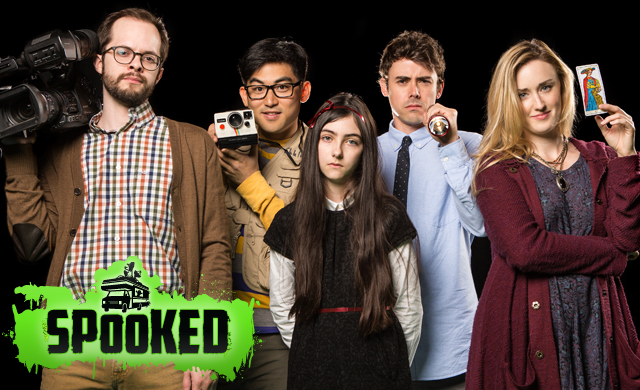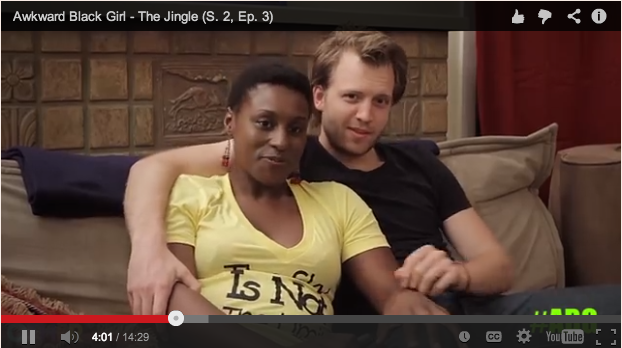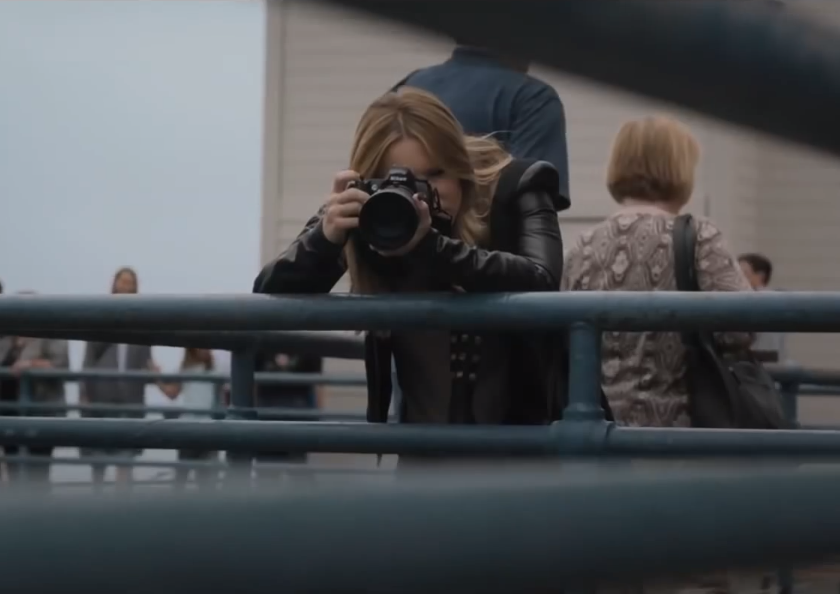
In Fall 2011, Google announced plans to invest $100 million dollars to forge original content partnerships with a number of talented YouTube creators in order to enhance the production value of their work and their value to brands.
The result was a slate of channels from production companies, actors, athletes, comedians, musicians, self-help gurus. Many of the channels have stopped producing new content now that the Google money has run out, but for those that built an audience, the move was influential in strengthening two types of virtual entrepreneurs—web creators and the CEOs of multi-channel networks providing support to those very creators.
Those that rose to the top give us a glimpse at the ways in which the very idea of TV is being reinvented in keeping with advances in digital technology. The multi-channel network Fullscreen is one such company vying for a space in the new entertainment landscape, led by founder and CEO George Strompolos. “I think any time you have a major shift in technology or distribution, new companies are born, and they look a little different. And if they make it, they become quite valuable, and they help bring great ideas and great creativity to the world,” Strompolos said in a recent interview with TH5 co-director and UCLA associate professor Denise Mann.
It’s certainly true in the history of film and television, and as a generation raised on Facebook, YouTube, Instagram, Twitter and Snapchat comes of age, it’s likely to be true of online video. It’s a generation that “can easily transition from consumer to creator,” as Strompolos says, so Fullscreen has “built a media company in partnership with tens of thousands of content providers from the connected generation. And the internet is our primary distribution source.”
It’s not just a younger generation raised with new technology that is creating content, however. Veteran writers, producers, comedians, and actors are thriving as they rewrite the rules for what constitutes television. Sheri Bryant—producer and co-founder of the successful Geek & Sundry YouTube channel—is one such creator. Not only has Geek & Sundry produced several hit series on YouTube, later this month they will release “Spooked,” a new series on Hulu.
“Spooked” is a co-production with Bad Hat Harry, Bryan Singer’s production company, a sign that Hollywood heavy hitters are paying attention to the corners of digital world beyond the next big Netflix series. “Spooked” also signals the ability of successful YouTube companies to chase other platforms like Hulu and Netflix, and even networks and studios. This doesn’t come at the expense of the YouTube content, as Bryant points out: “The YouTube platform is important to us in the overall growth of our company because so many of our fans live there and it’s a great place for growth.” Of course it also serves as a testing ground for new content that can grow a fan base and then be pitched to and developed for other platforms.
That relationship between new and old is exciting and provides new opportunities, but TH5 co-director and UCLA associate professor Denise Mann suggests there’s more than meets the eye. “By acquiring the big MCNs, the studios hope to access the millions of users and creators that have been amassed by these web networks. In doing so, Hollywood is letting the proverbial [digital] fox into the [analog] chicken-coop, inviting these surveillance-driven marketing strategies to co-exist with their aging, premium content business.”
Join us on April 4 as Denise and Sheri—as well as Larry Shapiro (Head of Talent, Fullscreen), Allen DeBevoise (chairman and CEO, Machinima, Inc.), and Amanda Lotz (associate professor, University of Michigan)—debate the viability of these new creative and business models, asking whether they represent a radical rethinking of entertainment that puts power back into the hands of creators or if they are transitional systems that will eventually be absorbed by Hollywood’s big media groups.




